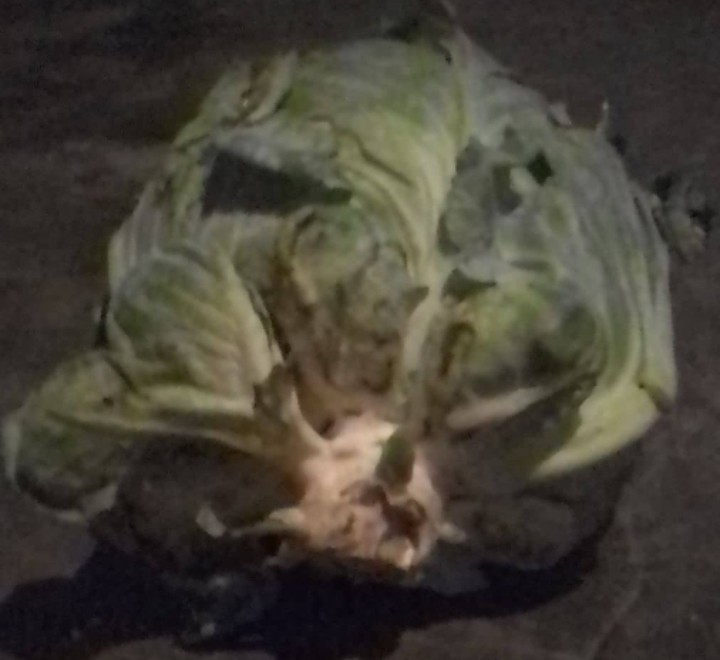It takes a bit of extra effort and time to grow reasonably-sized cabbages. However, growing big cabbages can take some serious focus. If you want to learn how to grow bigger cabbage heads, there are a few rules that you have to follow. Here are 10 tips for growing big cabbages:
1. Cabbages grow well in temperatures that are less than 22 degrees. Thus, to protect the plants from hot temperatures, add a thick layer of mulch and increase watering intervals to control the soil temperature.
2. When buying cabbage seeds or seedlings, always ensure that you know the variety, as well as, the growing requirements.
3. If you’re planting your cabbage from seeds always ensure that you take note of the following:
- Ensure the soil is moist, not soggy
- Mulch to maintain moisture, adequate temperature levels, and quicken seed germination\
- If all these are followed you’re cabbage seed should germinate within 7 to 15 days
4. Ensure that your seedlings have at least five sets of leaves before transplanting. This usually happens after 4 to 6 weeks of germination.
You might also like: Growing Cabbages: A Guideline
5. To prevent diseases and tests cover the seedlings with horticultural fleece for a few weeks.
6. because cabbage is a cool-weather crop, it does not require too much water. So, water your plants in the early hours regularly. However, do not water your cabbage directly.
7. If you grow your cabbage under shade or partial sun, it can reduce the yield of your plant. Cabbages need at least 5 to 6 hours or more of sunlight each day.
8. Cabbages need constant fertilising because they are heavy feeders
9. The biggest problem you will encounter with growing cabbages is the head-splitting before the cabbage completely matures. They’re a variety of reasons why cabbage heads split. These include overwatering, heavy rains, and drought. To protect the head from splitting, mulch. This helps control soil moisture levels. Also, use proper irrigation. Head splitting attracts pests and diseases. Therefore, harvest as soon as you see any sign of splitting. During heavy rains, try to cover your cabbage with plastics
10. To know if your cabbage heads are ready, touch them firmly. If they are hard and firm, they are ready for harvest. However, if they are weak and loose, then they haven’t matured yet.
Bonus Tips
Avoid planting cabbages near crops such as cauliflower and rape. The best companion for cabbage is garlic, potatoes, peas, and onions.


This is very good
Can you grow your cabbage in rain season
can you grow cabbage in a green house?